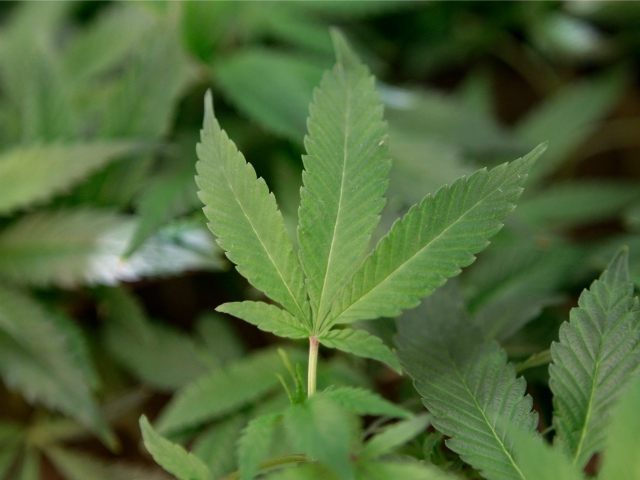A report by the Centers for Disease Control and Prevention (CDC) finds the proportion of high school seniors who smoke marijuana is higher than the proportion that smokes cigarettes.
According to the report, since 2010, the proportion of U.S. high school seniors who smoked pot during the preceding 30 days was 21.4 percent, while the proportion that smoked cigarettes was 19.2 percent.
CDC indicates it analyzed data from the 1997–2013 national Youth Risk Behavior Surveys (YRBS) among U.S. white, black, and Hispanic students in grades 9–12 to study patterns in the use of cigarette, cigar, and marijuana smoking.
According to the study, from 1997 to 2013, a 64% percent decrease was observed in the percentage of U.S. white, black, and Hispanic high school students overall who smoked cigarettes or cigars exclusively. Also, among white students, any cigarette, cigar, or marijuana smoking declined during the study period.
CDC continues:
Among black and Hispanic students, any cigarette, cigar, or marijuana use decreased from 1997 to 2007, but increased among black students from 2007 to 2013, and did not change for Hispanics from 2007 to 2013.
Moreover, the percentage of white, black, and Hispanic students overall who were exclusive marijuana users more than doubled, and marijuana use among cigarette or cigar users also increased, with substantial increases identified among black and Hispanic students toward the end of the study period.
The results show, says CDC, that whatever strides have been made in adolescent health due to lower cigarette and cigar use might be attenuated by increases in marijuana use, which vary by racial/ethnic subgroup.
“Increased exclusive marijuana use and use of marijuana among cigarette or cigar users could undermine success in reducing tobacco use among youths,” CDC states. “Closer collaboration between public health professionals to address prevention of tobacco and marijuana use might be beneficial in the development of evidence-based policies and programs to prevent tobacco and marijuana use.”
The study comes as more states and nations are considering relaxing laws about marijuana use or even legalizing its use entirely.
According to Dr. Christopher Hammond, writing at Psychiatric Times last December, “[T]he effects of marijuana use during adolescence and possible short- and long-term consequences are a growing concern.”
Hammond writes:
Converging scientific evidence from preclinical studies, human neuroimaging, and large longitudinal studies suggests that adolescent-onset marijuana use, particularly heavy marijuana use, is associated with a number of neuropsychiatric sequelae including neurocognitive deficits and reductions in IQ, increased risk for psychosis, affective disorders, marijuana and non-marijuana drug addiction, and lower academic attainment.
Also at Psychiatric Times, Dr. Robin Murray warns, “Psychological dependence and tolerance can occur with cannabis. It remains in the body for several weeks, so withdrawal is very gradual but anxiety, insomnia, appetite disturbance, and depression can develop.”
“Some reports claim that in 10% of persons who use cannabis and in 25% of daily users, dependence develops,” Murray continues. “Cannabis dependence is an increasingly common reason why patients seek help from drug treatment clinics.”
Murray observes that longitudinal studies conducted in Australia and New Zealand have found that daily marijuana use before age 17 was associated with “clear reductions” in the probability of graduating from high school and college.
“Those starting cannabis use early also appear more likely to develop cognitive impairment,” Murray adds, noting that another study has shown that long-term heavy cannabis users who began smoking before age 17 had lower verbal IQ scores than those who began smoking at age 17 or older.
Though the political trend is toward relaxing laws on marijuana, the outcome of a pattern in this direction is unknown. If legalization produces an increase in consumption, the impact on young teens – who are apparently most vulnerable to marijuana’s harmful effects – remains a disturbing question.

COMMENTS
Please let us know if you're having issues with commenting.